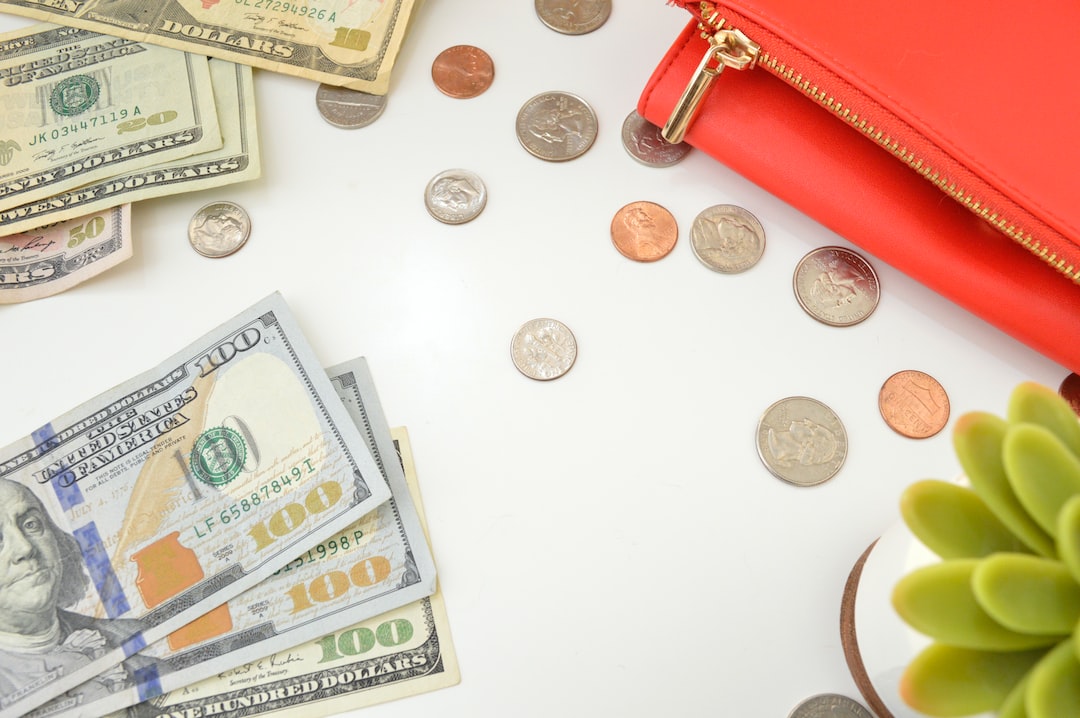Forex, or foreign exchange, is the world’s largest financial market where currencies are traded. It is known for its high liquidity and volatility, making it an attractive market for traders looking to profit from currency fluctuations. One of the most important aspects of forex trading is leverage, which allows traders to control large positions with a fraction of the capital. In the United States, the maximum leverage that can be used in forex trading is regulated by the Commodity Futures Trading Commission (CFTC) and the National Futures Association (NFA).
What is leverage in forex trading?
Leverage is the ability to control a large amount of money with a small amount of capital. In forex trading, leverage is provided by the broker and allows traders to place trades with a higher value than their account balance. For example, if a trader has a leverage of 100:1, they can control a position worth $100,000 with only $1,000 in their account. Leverage amplifies both profits and losses, so it is important to use it wisely.
How much leverage can you use in forex trading in the USA?
The maximum leverage that can be used in forex trading in the USA is regulated by the CFTC and the NFA. In 2010, the CFTC introduced new regulations that reduced the maximum leverage from 200:1 to 50:1 for major currency pairs and 20:1 for minors and exotic pairs. This means that traders can control a position worth up to $50,000 with only $1,000 in their account for major currency pairs, and up to $20,000 for minors and exotic pairs.
The reason for the reduction in leverage was to protect traders from excessive risk and to prevent brokers from offering unrealistic leverage levels that could lead to significant losses. The CFTC and the NFA also implemented other regulations, such as the requirement for brokers to have a minimum capital of $20 million and to disclose their financial information to the public.
Pros and cons of using leverage in forex trading
Using leverage in forex trading can be both advantageous and risky. Here are some of the pros and cons:
Pros:
1. Increased buying power: Leverage allows traders to control a larger position than their account balance, which can increase their buying power and potential profits.
2. Low capital requirement: Leverage allows traders to enter the forex market with a small amount of capital, making it accessible to a wider range of investors.
3. Diversification: Leverage allows traders to diversify their portfolio and trade multiple currency pairs simultaneously.
Cons:
1. Increased risk: Leverage amplifies both profits and losses, so it can lead to significant losses if not used wisely.
2. Margin calls: When using leverage, traders need to maintain a minimum margin level in their account to keep their positions open. If the margin level falls below the required level, the broker may issue a margin call and close the position, which can lead to losses.
3. Emotional trading: When using leverage, traders may be tempted to take on more risk than they can handle, leading to emotional trading and irrational decisions.
Conclusion
Leverage is an important aspect of forex trading, as it allows traders to control large positions with a small amount of capital. In the USA, the maximum leverage that can be used in forex trading is regulated by the CFTC and the NFA, and it is currently set at 50:1 for major currency pairs and 20:1 for minors and exotic pairs. While leverage can increase the potential for profits, it also amplifies the risk of losses. Therefore, it is important for traders to use leverage wisely and to have a solid risk management strategy in place.





